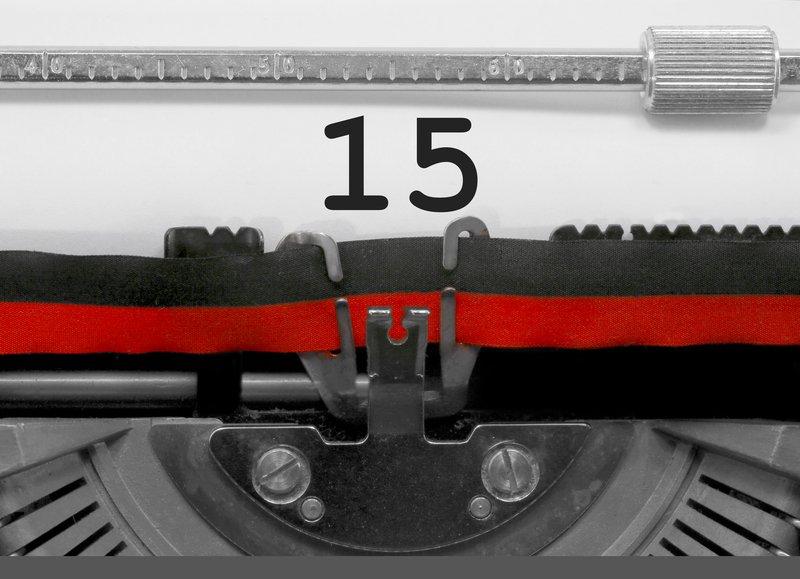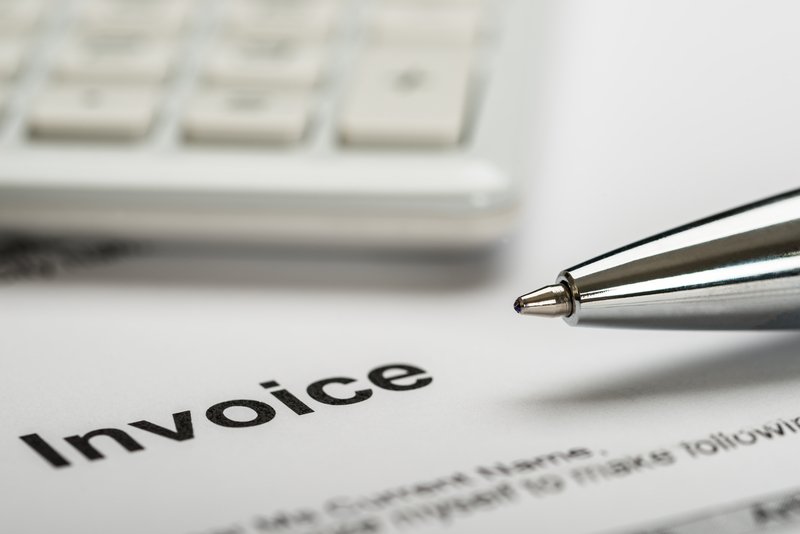Many small businesses benefit from using VAT Cash Accounting Scheme. Rather than repaying HMRC for VAT your have invoiced for, but not yet received from customers, you only need to account for VAT when you receive the money.
As a result, if your business is eligible, it is a no-brainer from a cash flow management point of view.
Benefits of the VAT Cash Accounting scheme
If you use the ‘standard’ VAT scheme, you account for any VAT you charge on goods and services according to the date you raise an invoice. So, every quarter, you have to pay HMRC the balance of any VAT you have requested, even if the invoices have yet to be paid and reach your bank account.
The same logic applies to things you buy for your business. Under the standard VAT scheme, you reclaim any VAT contained on invoices payable by your business, regardless of whether or not you have physically paid the invoice.
Under the Cash Scheme, you only account for VAT that has physically changed hands – either the date when your invoices have been paid, or the date when you have paid other businesses’ invoices.
Can you use the Cash Accounting Scheme?
Most small businesses are eligible to use the Scheme, as long as your firm is not expected to turnover more than £1.35m over the following 12 months.
You can continue using the Scheme until your turnover breaches the £1.6m barrier.
Very few or our readers will ever reach this lofty threshold, of course!
There are three main reasons why you would be ineligible to use the cash accounting method:
- If your business is on the Flat Rate VAT scheme – which simplifies the VAT process for small firms – then you cannot use the cash accounting scheme. This is because the Flat Rate scheme has its own cash accounting element factored in to it. You can find out more here.
- If your business is behind with its quarterly VAT submissions, or isn’t up-to-date with repayments to HMRC
- You have committed a VAT offence over the previous 12 months.
Even if you do join the scheme, you may still need to account for VAT the standard way for certain transactions, such as when you import or export goods from/to the EU, or if you issue a VAT invoice in advance of providing services or goods. You should check the HMRC guidance for a complete list.
Advantages / Disadvantages
Clearly, the main benefit of joining this VAT scheme is in the cash flow benefits it provides. If you have a late paying client, for example, you will not have to account for the VAT on any outstanding invoices until you have been paid. In fact, if you incur any bad debts, the VAT element will never need to be paid to HMRC.
There may be some disadvantages, depending on your specific situation. For example, as you cannot reclaim the VAT on any purchases you make, this could cause problems if you buy a substantial amount of stock on credit.
Joining / Leaving the Scheme
Unlike many other schemes, or tax initiatives, you (or your accountant) won’t formally register your business, however, you must follow these two guidelines:
- Although there is no need to register, you should only start accounting for VAT on a cash basis at the start of a new VAT quarter.
- If you choose to leave the scheme, or are forced to due to reaching the £1.6m taxable turnover mark, you should leave at the end of a VAT quarter.
Do you want further information?
For further information, read HMRC’s VAT Cash Accounting guide.
Subscribe to ByteStart's monthly small business owners' newsletter!

|
Free Tide Business Bank Account - up to £150 Cashback!Simply open a free business current account to qualify + 12 months free transactions. Read our Tide review. Open a Tide savings account at the same time and earn an excellent 4.07% AER (variable) on your spare funds. |











